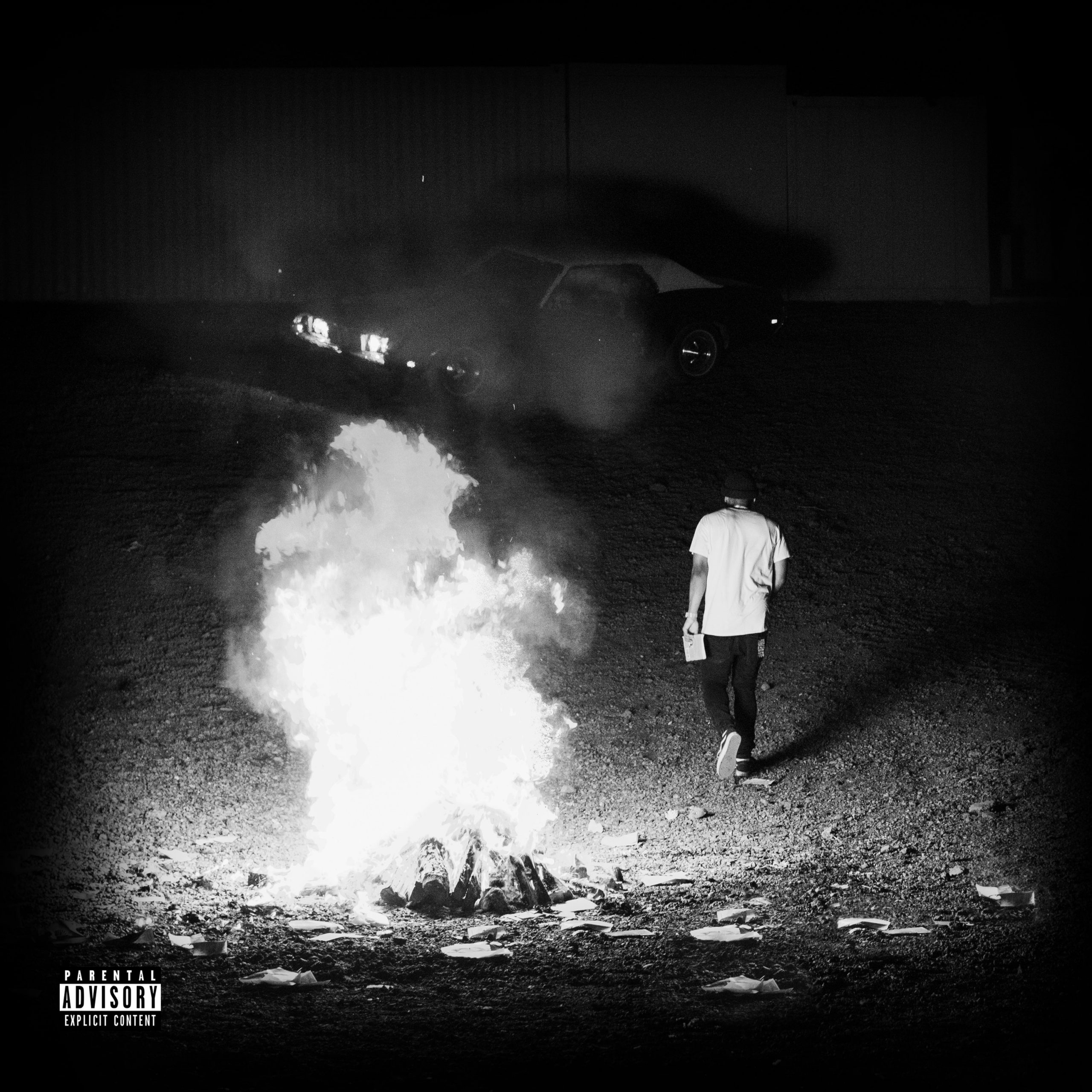If New Beginnings is like a long car ride at night, then REASON is the driver pouring his heart out while going 100 km/h on the highway
There are certain albums meant for a specific time of day. REASON’s debut album New Beginnings sounds like the beginning of an overnight drive with a friend you know, but not too well. In this hypothetical, you’re not particularly close with this person, but as the night progresses they open up to you. They trust you.
If the first track “Something More” is the first song you play in this fake car ride scenario, it’s akin to the parked-car conversation that literally every car owner knows too well. It’s almost like a church confession. It’s heavy, but it brings you closer to REASON right away. He doesn’t shy from his truths and this honesty is present all across the 14-track project.
REASON has no interest in sulking across the entirety of New Beginnings though. “Stories I Forgot” is a car-rattling banger that sees REASON trying to manipulate his voice not unlike Young Thug to create a distinct chorus, something he doesn’t try more of after. The results are muddy, but it shows the Carson-born rapper is trying to make this car ride bump after pouring out his guts on the previous track.
The album, while still very much a broody affair, maintains its high energy for the majority of its runtime. With only two features across the first seven songs, REASON has a lot to prove to keep listeners on-board, for better or for worse. “Show Stop,” backed with Kendrick Lamar ad-libs and a bouncy instrumental, is a fairly standard showcase. “Favorite Ni**a” is on the aggressive side but REASON’s raps aren’t as engaging as the instrumental.
After “Fall” and an embarrassing bar about Mac Miller, REASON seems to find his stride. With a myriad of features, he seems to be more comfortable sharing the stage than owning it by himself.
“Slow Down” is a syrupy reflective track that emphasizes on taking things in slowly instead of rushing to reach your goals. Though derivative in the message, REASON’s casual cadence and the song’s jazzy beat are worth the four minutes of reflection he offers.
The raw car ride that is New Beginnings closes with an incredible run between “SAUCE” and closing track “Windows Cry.” If the first nine tracks of the album are similar to a high-speed romp down an empty highway, then the final act is the return home, gas almost empty.
REASON’s debut album is masterfully sequenced and an insightful look into the rapper’s fears, goals, and ambitions. He doesn’t always rap as well as he could, but the pure genuineness of his raps show that he’s raw talent ready to develop. Here’s hoping his label Top Dawg Entertainment doesn’t squander his talent.
Rating: 8/10
Trial Track: SAUCE
